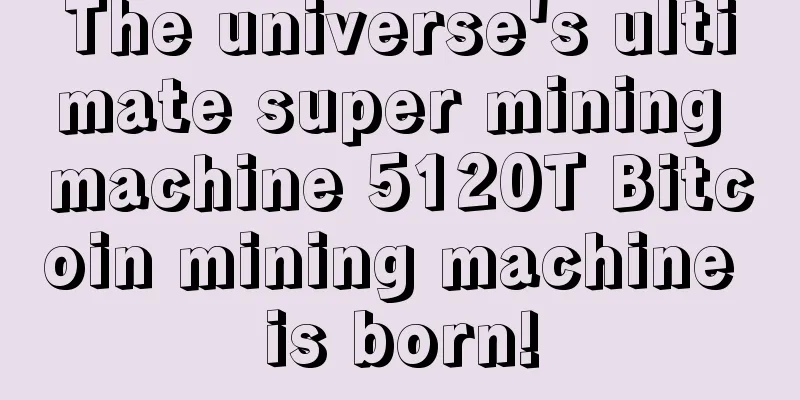DeFi expert: Ethereum 2.0 cannot solve the problem of high gas fees

|
On September 3, DeFi experts and computer scientists gathered at Cointelegraph Chinese’s DeFi Marathon to share their thoughts on potential solutions to high gas fees. Gas fees for Ethereum blockchain transactions have hit an all-time high, while the popularity of decentralized finance (DeFi) has attracted many new users to join the Ethereum network. On September 3, DeFi experts and computer scientists gathered at Cointelegraph Chinese’s DeFi Marathon to share their views on potential solutions to high gas fees. Although they have different views on the solutions, they all believe that Ethereum 2.0 cannot solve high transaction costs. Sergej Kunz, CEO of decentralized exchange 1inch, Mounir Benchemled, founder and CEO of ParaSwap (a middle layer connecting protocols, DApps, and trading venues), and Professor Alex Kumanovic, co-founder of bloXroute Labs (a blockchain distributed network that enables faster communication across the global network), said that Ethereum 2.0 has both advantages and disadvantages. Its scalability and security may not be enough to facilitate users' transactions. Ethereum 2.0 is a major upgrade to the current Ethereum public mainnet. Although Ethereum 2.0 aims to accelerate the use and adoption of Ethereum by improving performance, Kunz pointed out that at the current gas fee, many new users entering the DeFi field may leave the Ethereum network. This upgrade did not really anticipate the popularity of DeFi. Therefore, in order to ensure that everyone can participate, the infrastructure needs to be rethought. Kunz said: You have to rethink everything. You can migrate the code of smart contracts, but you can't scale. In order to be able to scale, you have to create standards and introduce new protocols based on new sharding architectures (such as NEAR, similar to Ethereum 2.0). Mounir added that although Ethereum 2.0 can scale, it may take a long time to achieve. The reason for the delay is mainly due to security issues. Considering the importance of security, the core team must ensure that it is sufficiently secure before launching. Kunz, Mounir, and Kumanovic all agreed that not all projects will have to move to Ethereum 2.0 , noting: In order for this to work, all applications need to migrate towards one platform. Large projects may be able to reach a consensus, but this may be difficult for other projects with their own plans. This will require building new bridges to enable interoperability. Mounir said that Ethereum is introducing solutions such as layer 2 solutions to solve the high cost problem. Layer 2 can be used for scalability solutions for all blockchains, which are built on a layer below the blockchain mainnet. The general idea is to move transactions, or at least part of them, outside the blockchain network. However, Mounir noted that the complexity of explaining how layer 2 works to end users, as well as the risk of not being able to immediately pay funds to those users, are the biggest concerns with this solution. He suggested that users would be better off looking to use existing tools. Kumanovic’s project has been working to avoid high fees. According to Kumanovic, bloXroute has built an infrastructure to help traders trade faster and smarter by leveraging the project’s Tx Stream tool. There are three types of APIs embedded in this tool that allow traders to trade faster. This means that by using this tool, traders are more likely to get "competitive solutions" such as liquidating collateralized debt positions (CDPs), capturing arbitrage opportunities, increasing the chances of being mined in the next block, and increasing the chances of beating fee congestion. He explained: One API allows transactions to reach the mining pool faster than other APIs. The second API is used to pay transaction fees. By watching the entire field, we can build bridges between traders or any subscribers before miners know what happened. The third API we are developing is to provide traders with real-time feedback on transactions... Kumanovic concluded, "We have to have our own plan before Ethereum 2.0 is launched. We have to work with all stakeholders: the community, transaction generators, miners, and build applications and get users involved before 2.0 is launched." |
Recommend
Ransomware variants can steal cryptocurrency or control mining, study finds
According to itprotoday, researchers from Fortine...
The money may never be withdrawn! Millions of cryptocurrency players may lose all their money in the crypto platform bankruptcy wave?
Cailianshe reported on July 19 (Editor Xiaoxiang)...
Palmistry Lifeline Diagram Lifeline Bifurcation
Palmistry Lifeline Diagram Lifeline Bifurcation 1...
What is PoS mining? How is it different from Bitcoin’s PoW mining?
Some time ago, when the price of coins was rising...
The facial features of a woman who has a good fate
Whether a woman has a good fate or not can be see...
Chinese people have become Bitcoin buyers again, with RMB accounting for 80% of transactions
According to the Wall Street Journal, after exper...
PwC: Blockchain will ease the problem of "slow holiday delivery"
There is still half a month left before "Dou...
Is it true that women with high cheekbones are unlucky in marriage?
Is it true that women with high cheekbones are un...
Why is there insufficient demand for ETH after the launch of the Ethereum ETF?
Despite the launch of a spot Ethereum ETF in the ...
What does the hanging needle pattern on a man's face mean?
A person's character is often reflected in hi...
A woman who works hard all her life does not have a good life.
We work hard every day so that we can live a bett...
What does a mole on a woman's right hand mean?
There are many important lines and wrinkles in ou...
OKLink issued an announcement stating that it has not yet contacted Xu Mingxing to verify whether he is under investigation
Hong Kong-listed company OKEx (HK: 01499) announc...
Palmistry and physiognomy for good fortune
Palmistry and physiognomy for good fortune Among ...
What does horizontal lines on the fate line mean?
There are various lines on our palms. Some people...









